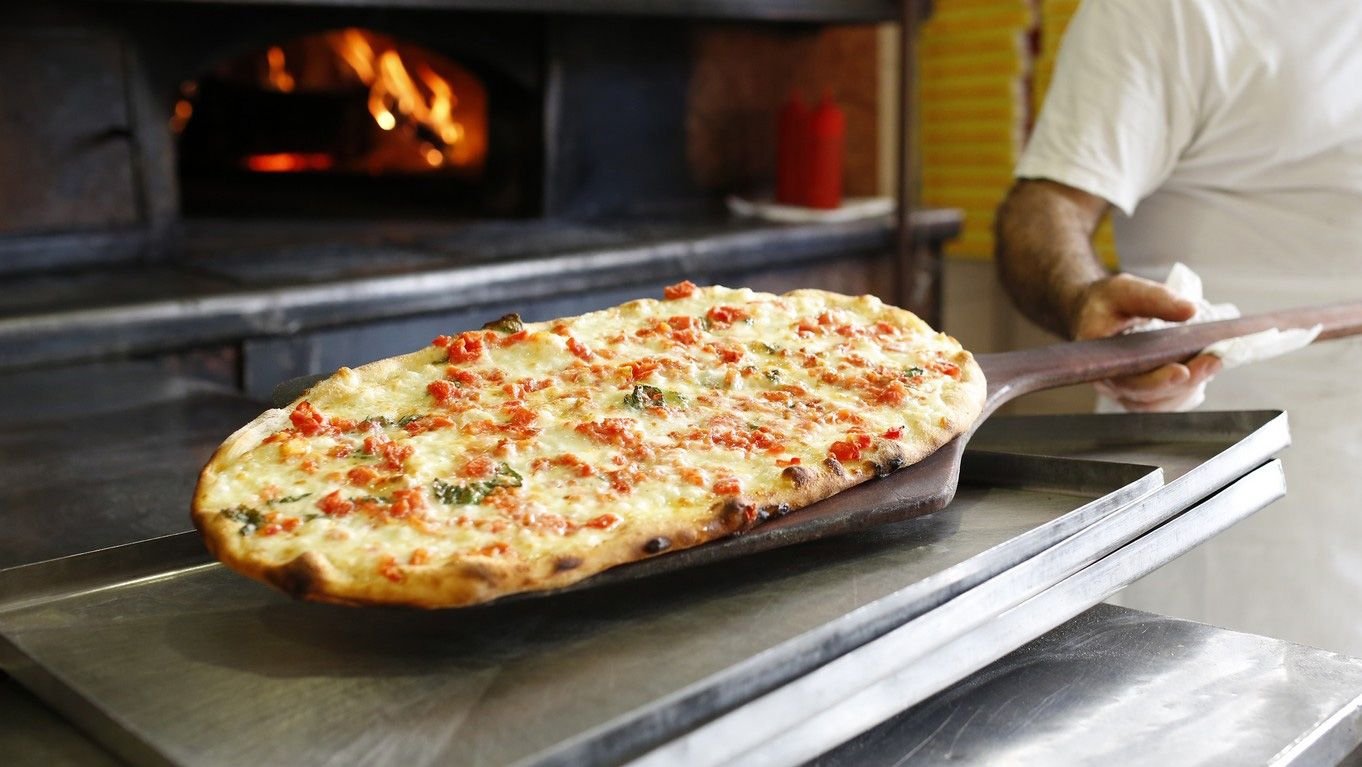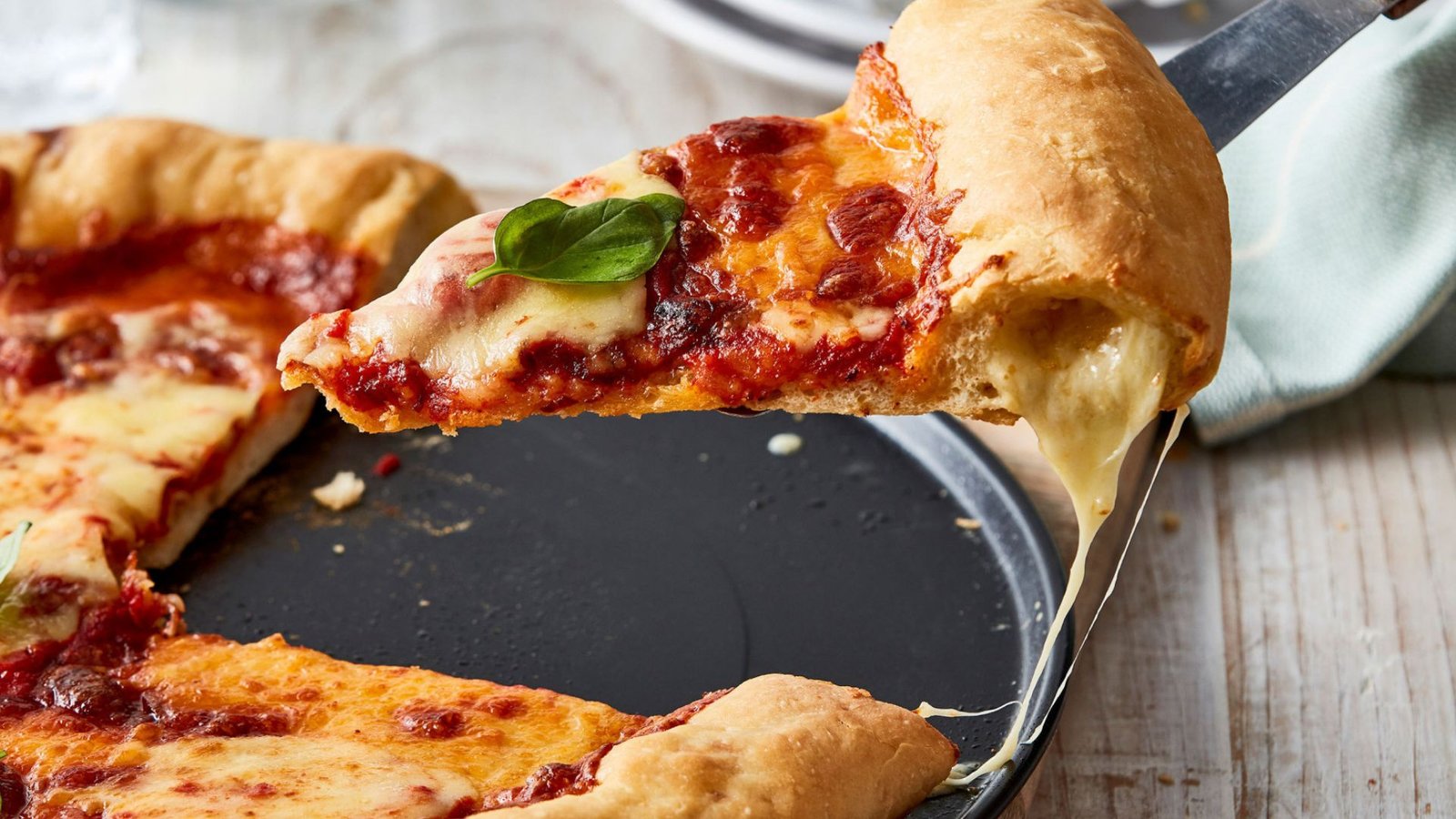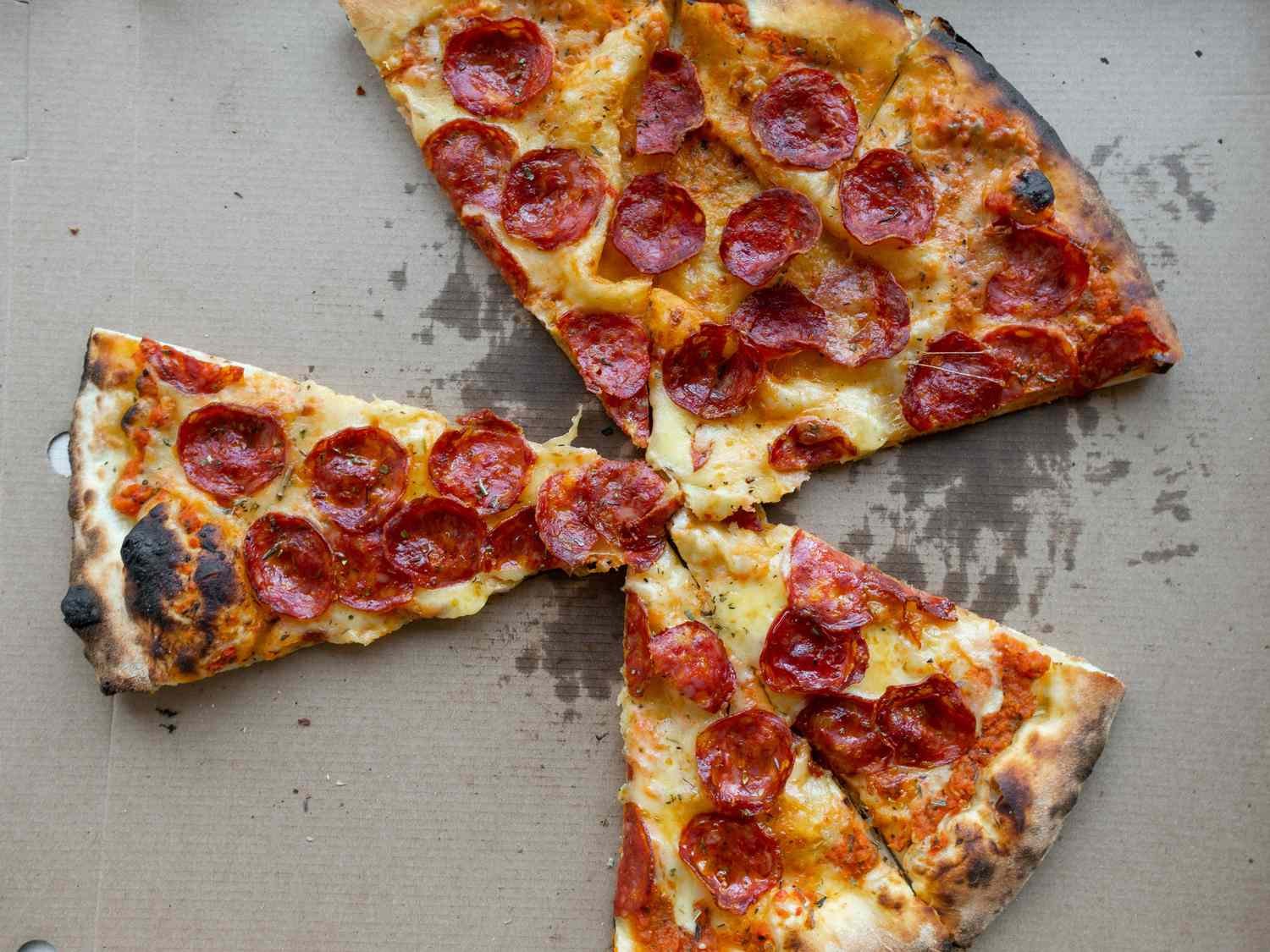Introducing children to the art of making pizza not only fosters their culinary skills but also ignites their creativity and sense of accomplishment. This article provides a step-by-step guide on how to teach kids to make pizza, emphasizing safety, fun, and learning along the way.

1. Setting the Stage: Preparing for Pizza Making
Before diving into the kitchen, it’s essential to set up a safe and inviting environment for your young chefs:
- Gather Ingredients: Prepare all the necessary ingredients in advance. For a basic pizza, you’ll need pizza dough, tomato sauce, cheese (like mozzarella), and toppings such as vegetables, pepperoni, or ham.
- Tools and Utensils: Gather kid-friendly kitchen tools such as mixing bowls, measuring cups/spoons, a rolling pin (or use hands for shaping), spatula, and a baking sheet or pizza stone.
- Safety First: Discuss kitchen safety rules with your child, emphasizing the importance of handwashing, handling utensils carefully, and being mindful of hot surfaces like ovens.
2. Making Pizza Dough
Making pizza dough from scratch can be a fun and tactile experience for kids. Here’s a simplified recipe:
- Ingredients:
- 2 cups of all-purpose flour
- 1 teaspoon of instant yeast
- 1 teaspoon of salt
- 3/4 cup of lukewarm water
- 1 tablespoon of olive oil
- Steps:
- In a large mixing bowl, combine flour and salt.
- In a separate bowl, mix yeast with lukewarm water and let it sit for 5 minutes until foamy.
- Pour the yeast mixture and olive oil into the flour mixture. Stir until it forms a dough.
- Knead the dough on a lightly floured surface for 5-7 minutes until smooth and elastic.
- Place the dough in a greased bowl, cover with a damp cloth, and let it rise in a warm place for about 1 hour until doubled in size.
3. Rolling and Shaping the Dough
Once the dough has risen, it’s time to shape it into pizza bases:
- Steps:
- Preheat the oven to 450°F (230°C) and place a baking sheet or pizza stone inside to heat up.
- Divide the dough into smaller portions. Let your child use a rolling pin (or their hands) to flatten and shape each portion into rounds or rectangles on a lightly floured surface.
- Transfer the shaped dough onto parchment paper for easy handling.
4. Adding Sauce and Toppings
Let your child unleash their creativity by choosing and arranging toppings:
- Steps:
- Spread tomato sauce evenly over the shaped dough, leaving a small border around the edges.
- Sprinkle shredded mozzarella cheese over the sauce.
- Encourage your child to add their favorite toppings—sliced vegetables, pepperoni, ham, pineapple chunks, etc.
- Optionally, sprinkle herbs like oregano or basil for added flavor.
5. Baking the Pizza
Now it’s time to bake and watch the magic happen:
- Steps:
- Carefully slide the parchment paper with the pizza onto the preheated baking sheet or pizza stone in the oven.
- Bake for 10-12 minutes, or until the crust is golden brown and the cheese is melted and bubbly.
- Use oven mitts to remove the pizza from the oven and let it cool for a few minutes before slicing.
6. Serving and Enjoying
Slice the pizza into kid-sized pieces and let your little chefs enjoy the fruits of their labor:
- Tips for Fun:
- Encourage taste-testing different toppings combinations.
- Make it a pizza party by inviting friends or family to join in.
- Create a pizza-making contest with fun categories like “Most Creative Toppings” or “Best Cheese Lover’s Pizza.”
Benefits of Teaching Kids to Make Pizza
Teaching kids how to make pizza is more than just a fun activity—it’s a valuable learning experience that offers numerous benefits:
- Life Skills: Children learn basic cooking skills such as measuring, mixing, kneading dough, and using kitchen utensils safely.
- Creativity: They explore flavors and combinations, fostering creativity and experimentation.
- Healthy Eating: Involving kids in food preparation encourages them to try new ingredients and develop a preference for fresh, wholesome foods.
- Bonding Time: Making pizza together creates lasting memories and strengthens family bonds through shared experiences.
Conclusion
Teaching kids to make pizza is an enjoyable and educational journey that introduces them to the joys of cooking and creativity in the kitchen. By following these steps and emphasizing safety, fun, and learning, you can empower your young chefs to create delicious pizzas while fostering a lifelong appreciation for good food and culinary skills. Whether it’s a weekend activity or a special occasion, pizza-making with kids promises delightful moments and a sense of accomplishment that they’ll cherish for years to come.










